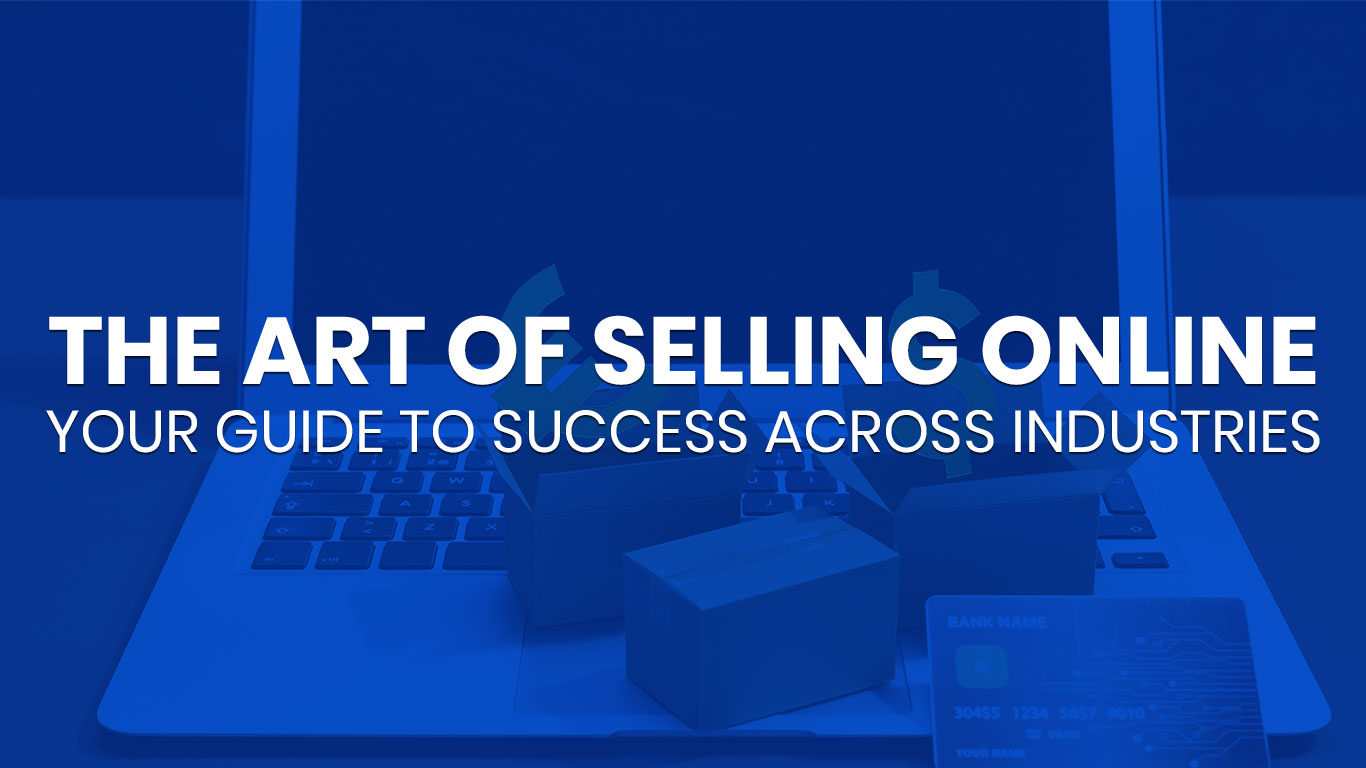The rise of e-commerce has empowered businesses to reach global audiences, from gemstone sellers to beauty brands, apparel retailers, and furniture stores. However, the journey to online success is not one-size-fits-all. To thrive, businesses must plan strategically, use the right technologies, and adapt to their unique market dynamics.
At MGLogics, we believe that a well-rounded approach to selling online ensures success, no matter the industry. Whether you’re selling precious gemstones, cosmetics, or large furniture items, this guide will walk you through the steps to plan and execute a winning e-commerce strategy.
1. Start with a Clear Business Plan
A solid plan sets the foundation for success. Here’s how to craft one:
- Define Your Niche: Be specific about your target audience. For instance, if you’re selling gemstones, are you targeting jewelers, collectors, or spiritual practitioners? For apparel, is your focus casual wear, luxury fashion, or activewear?
- Research the Competition: Study your competitors’ pricing, offerings, and customer experiences. Use this data to differentiate your brand.
- Set Goals: Whether you aim to achieve a certain revenue target, expand into new markets, or grow customer loyalty, clear goals guide your strategy.
2. Choose the Right E-Commerce Platform
Selecting the right platform is critical for your online store’s success:
- Shopify: Great for beauty brands and apparel retailers due to its easy-to-use interface and customizable themes.
- BigCommerce: Ideal for furniture sellers who need advanced product options, multi-channel integrations, and scalable solutions.
- Custom Solutions: For unique industries like gemstones, a custom-built store may better handle intricate product attributes like clarity, carat weight, and certification details.
Each platform has its strengths, and MGLogics specializes in optimizing them for your specific needs. Learn about Shopify vs BigCommerce.
3. Create a Seamless Shopping Experience
Regardless of what you sell, a smooth customer experience can make or break your business:
- Intuitive Navigation: Categories should be clear. For example:
- Gemstones: Sort by type (e.g., diamonds, rubies), price range, or origin.
- Beauty Products: Organize by skin type, product type, or brand.
- Furniture: Allow filtering by room, style, or material.
- High-Quality Visuals: Use zoomable, high-resolution images and videos to showcase product details. For furniture, include dimensions and AR features to let customers visualize items in their space.
4. Integrate with Leading Marketplaces
To expand your reach, integrate your store with platforms like:
- Amazon: Perfect for high-demand categories like beauty products and apparel.
- Facebook and Instagram Shops: Essential for visually driven industries like gemstones and fashion.
- Walmart Marketplace: Great for competitive pricing on home goods and furniture.
MGLogics can help you seamlessly integrate with these marketplaces, ensuring your products are visible to millions of potential customers.
5. Leverage Technology for Efficiency and Growth
Invest in tools that automate and enhance your operations:
- Inventory Management: Tools like TradeGecko or DEAR ensure real-time stock updates, preventing overselling.
- Shipping Solutions: Platforms like ShipStation optimize delivery options, reducing costs and delays.
- AI-Driven Recommendations: Use machine learning to suggest complementary products, increasing average order value.
- Augmented Reality (AR): Especially useful for furniture sellers, AR allows customers to “place” items in their space before purchasing.
6. Craft a Winning Marketing Strategy
Marketing is the bridge between your products and your audience:
- SEO and Content Marketing: Write detailed product descriptions and blogs to improve your store’s search rankings. For example, a gemstone seller might create content on choosing the right stone for an engagement ring, while a beauty brand could post skincare tips.
- Social Media Advertising: Platforms like Instagram and TikTok are ideal for reaching younger audiences, especially for apparel and beauty products.
- Email Campaigns: Personalize emails with product recommendations based on past purchases.
7. Personalize the Customer Journey
Customers expect tailored experiences. Use technology to meet their needs:
- Dynamic Pricing: Offer personalized discounts or bundles based on customer behavior.
- Loyalty Programs: Reward repeat buyers with points or exclusive deals.
- Chatbots and Live Support: Provide instant answers to questions, enhancing customer trust and satisfaction.
8. Plan for Scalability and Long-Term Success
Your online business should grow with you. Focus on:
- Scalable Technology: Use platforms that can handle increased traffic and product catalogs.
- Data Analytics: Regularly review performance metrics like conversion rates, average order value, and cart abandonment rates to refine your strategy.
- Partnerships: Collaborate with complementary businesses to expand your reach. For example, a gemstone retailer could partner with jewelry designers, while a furniture store could collaborate with home décor brands.
Expanding online and achieving success is both an art and a science. By combining strategy, technology, and customer insights, businesses across industries can build thriving online stores.



